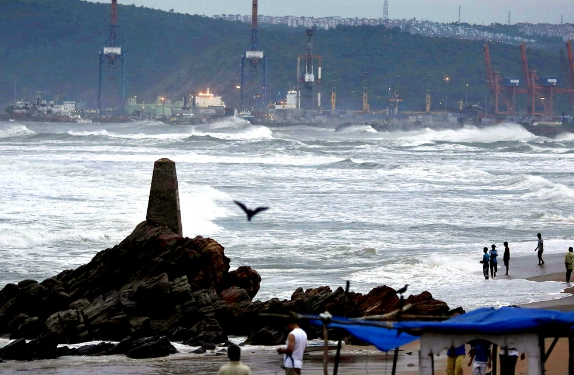Kendrapara: The Defence Research Development Organisation (DRDO) has masked the mast lights at its missile test range centre on Abdul Kalam Island to avoid distracting the Olive Ridley turtles, that have started coming to the nearby nesting ground at Gahirmatha beach in Kendrapara district, a forest department official said Wednesday.
The island on the Bay of Bengal is off Gahirmatha Marine Wildlife Sanctuary, of which the beach is a part and is among the world’s most important nesting areas for Olive Ridley turtles.
The high power lights at the Integrated Test Range Centre, a missile testing facility located near Nasi I and Nasi II nesting grounds of the sea turtles, are installed for its coastal security watch and vigil programme, the official said.
The rays of the mast lights are a major distracting factor for the sea turtles as they get disoriented while coming to Gahirmatha beach to lay eggs and move towards the test range centre, he said.
The DRDO has covered the lights to reduce its intensity following a request by the state government, the forest official said.
The endangered turtles travel all the way from the Pacific Ocean and visit the Odisha coast in November. They mate in December and January before the mass nesting, which takes place in the last week of February to the second week of March.
The Olive Ridley turtles, which is in the red list of the International Union for Conservation of Nature, also lay their eggs at Rushikulya river mouth in Ganjam district and Devi river mouth in Puri district besides the Gahirmatha beach.
During ‘arribada’ (arrival by sea), female turtles crawl onto the beaches usually at the dead of the night, dig pits and lay their eggs before returning to the sea.
An Olive Ridley female turtle usually lays about 120-150 eggs and the hatchlings emerge in a span of 45-60 days, grow up without their mothers and travel back to the sea.
Reports suggest that out of every 1,000 hatchlings that enter the sea, only one manages to reach adulthood.
PTI







































